The two boats featured in our profiles this month could not be more different: the Gorran Haven crabber, a 16′ yawl built to traditional working-boat lines; and the Optimist Dinghy, a spritsail pram just 7′ 9″ in length. Yet, despite their clear differences these two boats have something in common: they have withstood the passage of time.In the Maine Maritime Museum in Bath, Maine, among exhibits that tell the stories of the region’s early maritime and later shipbuilding history, there are two original boats that, like the crabber and Optimist, have survived while countless others of their types have vanished without a trace. The 14′ 7″ Rangeley Lakes guideboat, built by Charles W. Barrett in around 1915, is one of a style that first emerged in Maine’s Rangeley Lakes region in 1869, designed and built for fly-fishing. Flat-bottomed and shallow-drafted, with their maximum beam carried well into the ends, the type was roomy enough to accommodate a sportsman and his guide, stable enough for one or both men to stand up in their endeavor to hook and net fish, and shallow enough to maneuver through shoal waters. In its original form, the Barrett guideboat would have been double-ended, but sometime after 1930 it was modified to accommodate an outboard motor. Indeed, so successful was the type that as outboards became more popular, later models were simply adapted and built with transom sterns. Even though guideboats were designed and built with utility in mind, there is beauty in this example’s functionality, the closely spaced frames and narrow, carefully lined-off planks accentuating a sweeping sheer that rises to the high straight stem. Rangeley Lakes guideboats are still in use in parts of Maine, and new examples are built every year. When built, c.1915, this Rangeley Lakes guideboat was a double-ender. Despite the alteration to a transom stern made after 1930, presumably to accommodate an outboard motor, the boat retains its sweeping lines, accentuated by the carefully lined-off narrow planks.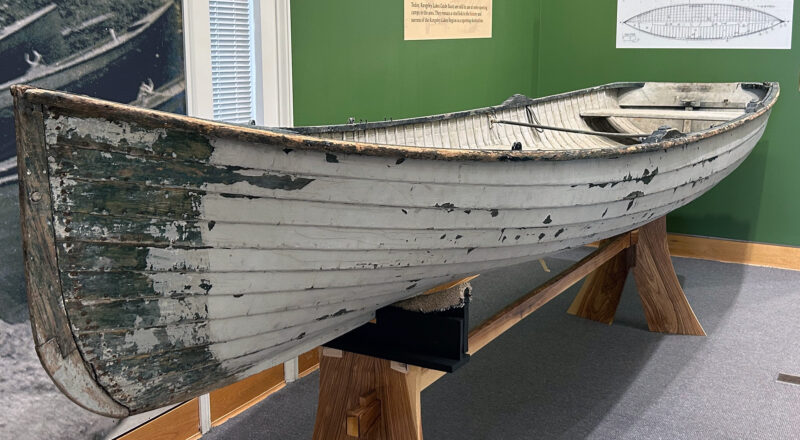 Photographs by the author
Photographs by the author
Join The Conversation
We welcome your comments about this article. To include a photo with your remarks, click Choose File below the Comment box.
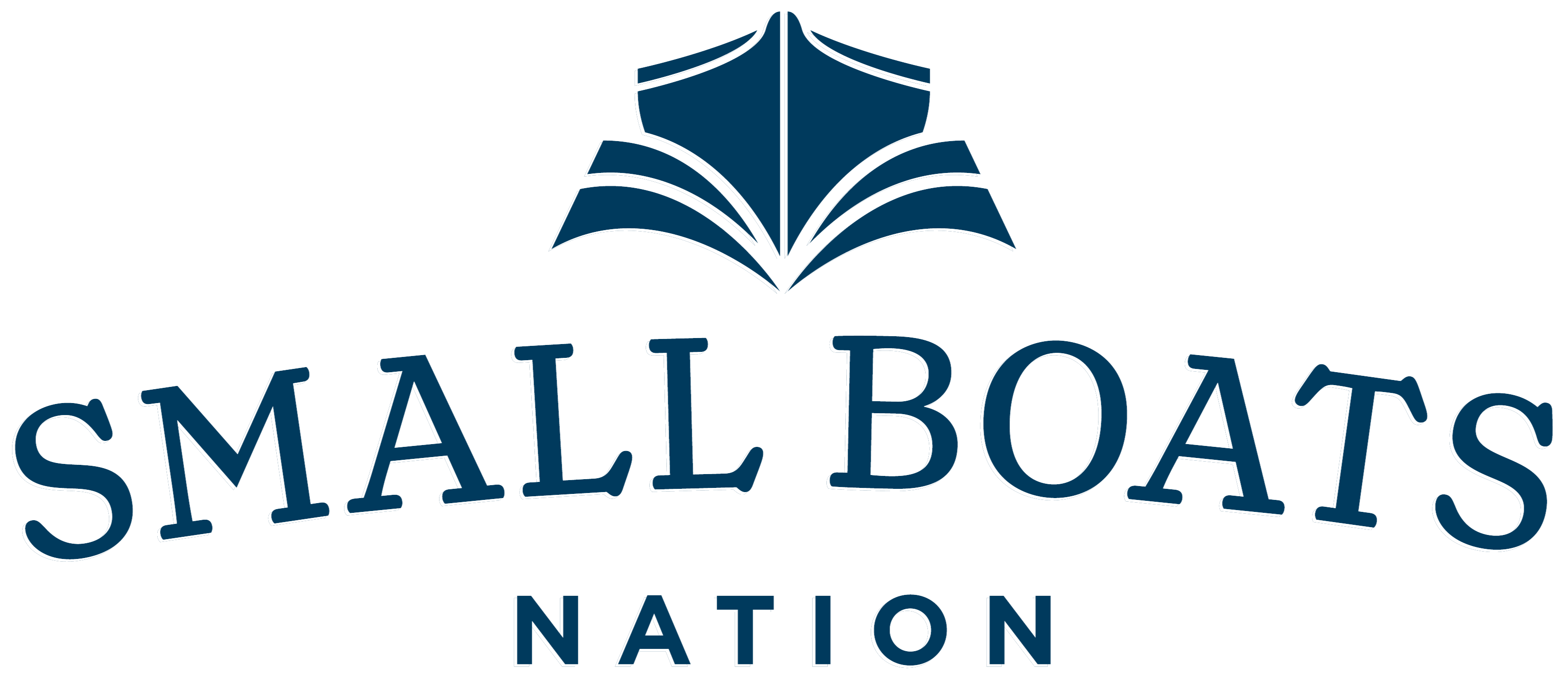

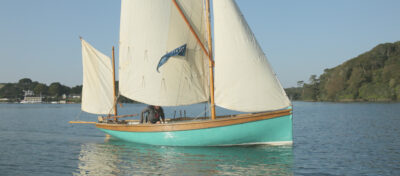

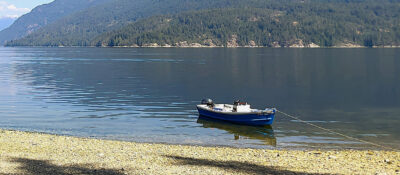
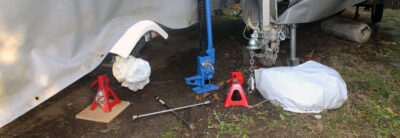
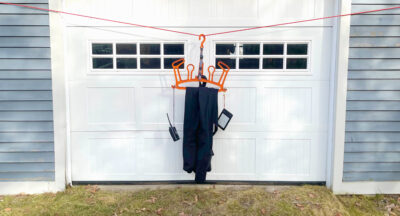
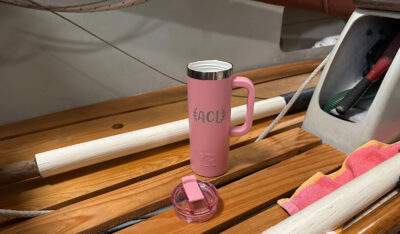
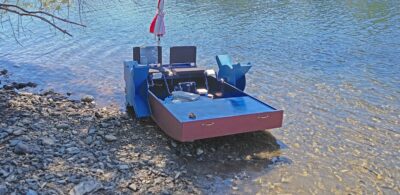
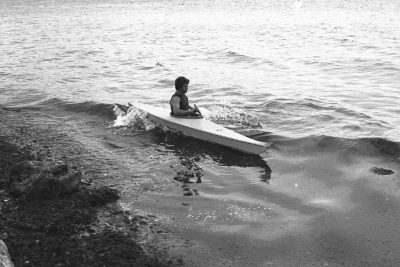
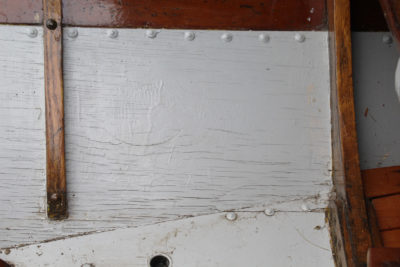
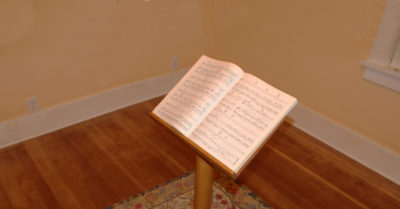
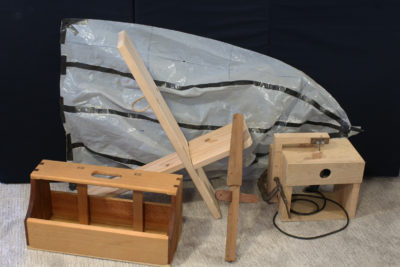
The Barrett Rangeley Lakes boat started it’s life as a 17′ or so double ender. To convert it for an outboard, it was simple to wack it off at about 14 then insert a transom. A 17 footer in the Mystic collection had the after foot or so of ribs and the stern stem removed. Then the boat was spread, a transom was inserted, and some frames added to replace the ones removed. There is a nice 14 foot solo Rangeley in the Mystic collection that Barrett built for a sport. It has frequently been duplicated including maybe twenty or so when we were looking at building methods for building lots of a single boat type.
For more on Rangeley guideboat history, an early discussion can be found in “The Rangeley Boat: A Background Sketch, by John Gardner, The Log of Mystic Seaport, winter 1973.
Later histories include “The Rangeley Tradition”, by Paul McGuire, Wooden Boat No. 39, spring, 1981, and Stephan A. Cole, The Rangeley and Its Region, Tilbury House, 2007.